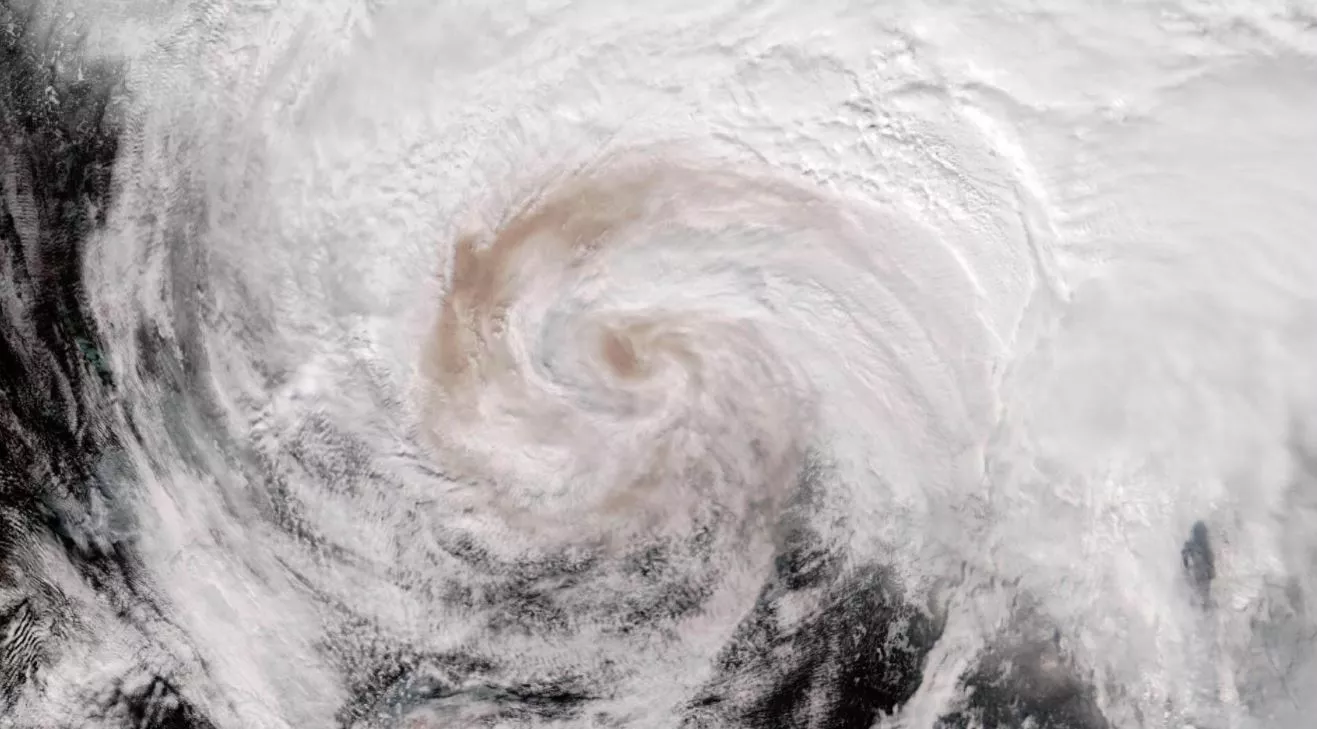
The process of transforming raw satellite data into useful products is complex and continuously under improvement. Leading this effort for NOAA's Joint Polar Satellite System (JPSS), is the JPSS Proving Ground and Risk Reduction (PGRR) team -- a group comprised of JPSS scientists and engineers, as well as representatives from user communities, such as the National Weather Service (NWS) Weather Forecasting Offices and the National Ocean Services.
Each year, PGRR team members come together to hear from the scientists developing the latest Suomi NPP and JPSS data sets, algorithms and products, and get feedback from users. This year, the PGRR team held its 2017 PGRR Project Review in late May at the University of Maryland. The multi-day event included presentations from scientists working in the focus areas of hydrology, river ice and flooding, the arctic, oceans and coasts, fires and smoke; evaluations from end-users; and application-oriented focus groups that developed methodologies for implementing agreed-upon changes.
Based on the content of this year's review, it was clear that the PGRR program developed several successful products to help NWS and other users to leverage the capabilities of the instruments on board JPSS satellites and the data they produce to support key areas including weather, fires and flooding. Among them are:
Keeping Tabs on Alaska's Icy Rivers
River ice is a significant threat in Alaska where ice can dam and flood a river quickly. PGRR products are used to track ice and flooding conditions in this area. They proved valuable in helping residents respond to a flooding event on the Yukon River in May 2013 and have been in use during Alaskan Spring ice break-up ever since.
Tracking Wildfire Smoke in the Atmosphere
The Fire and Smoke Initiative described how JPSS scientists were able to build on their success evaluating products during the Fort McMurray fire in Alberta, Canada in May 2016. VIIRS Day/Night Band imagery showed the fire's progression on consecutive nights and the team used its visualization products to show how smoke from the fire moved in the atmosphere.
Monitoring Marine Health with Sea Surface Temperature
The National Ocean Service and the National Marine Fisheries Service used ocean and coastal products from JPSS pertaining to ocean color, nighttime maps, and sea surface temperature, which is a critical measurement for coral reefs, in long and short-term efforts to conserve marine ecosystems.
To learn more about the JPSS Proving Ground and Risk Reduction (PGRR) team and it's continuous efforts to improve JPSS satellite data and products, visit the JPSS website.